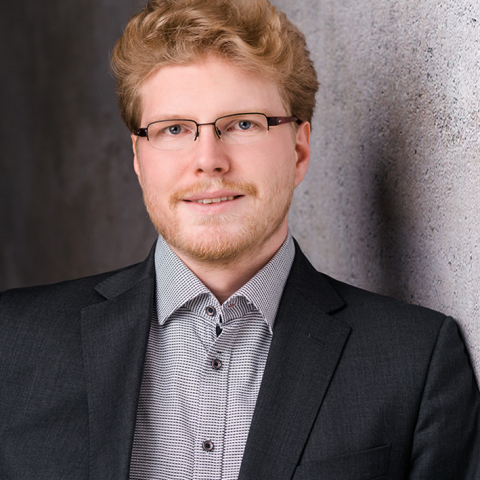Detector characterization for nuclear medicine
Optimization of nuclear medicine diagnostics and therapy
The procedures used in nuclear medicine diagnostics such as positron emission tomography (PET) and single photon emission tomography (SPECT) are in a state of constant development due to advances in the manufacture of new radiopharmaceuticals and new devices. This leads continuously to an expansion of the areas of application and the diagnostic possibilities of these procedures.
In the field of nuclear and particle physics, in which the limits of the physical models used there are explored, particularly strong developments have emerged. The transfer of these new technologies into clinical application has therefore played an important role. For example, the use of new scintillator materials has increased the sensitivity and image resolution in PET and SPECT. In addition, by replacing the conventional photoelectron multipliers with different ones based on silicon, a multimodal recording of PET and magnetic resonance tomography could be made possible. Our focus in this research area is on the development of novel detector concepts through the transfer and optimization of new detector technologies.
Topics:
- Testing of prototypes: every new detector concept first goes through a “proof-of-concept” phase in which laboratory structures are characterized on a small scale with regard to spatial and temporal resolution, as well to their efficiency.
- Modeling the systems: Monte Carlo simulations play an important role in assessing the performance of the systems in the clinical or pre-clinical area. They also provide data that can be used to test reconstruction algorithms and provide a deeper understanding of the processes taking place in the detector (random coincidences, Compton scattering, etc.), as well as processes relevant within the patient (attenuation, positron range, etc.). The GATE application based on the Monte Carlo software toolkit Geant4 is mainly used.
- Image reconstruction: In order to display the distribution of the radioisotopes in the patient, suitable algorithms are being developed. In nuclear medicine diagnostics, iterative statistical algorithms that require precise physical modeling of the system response have so far provided the best image quality.
